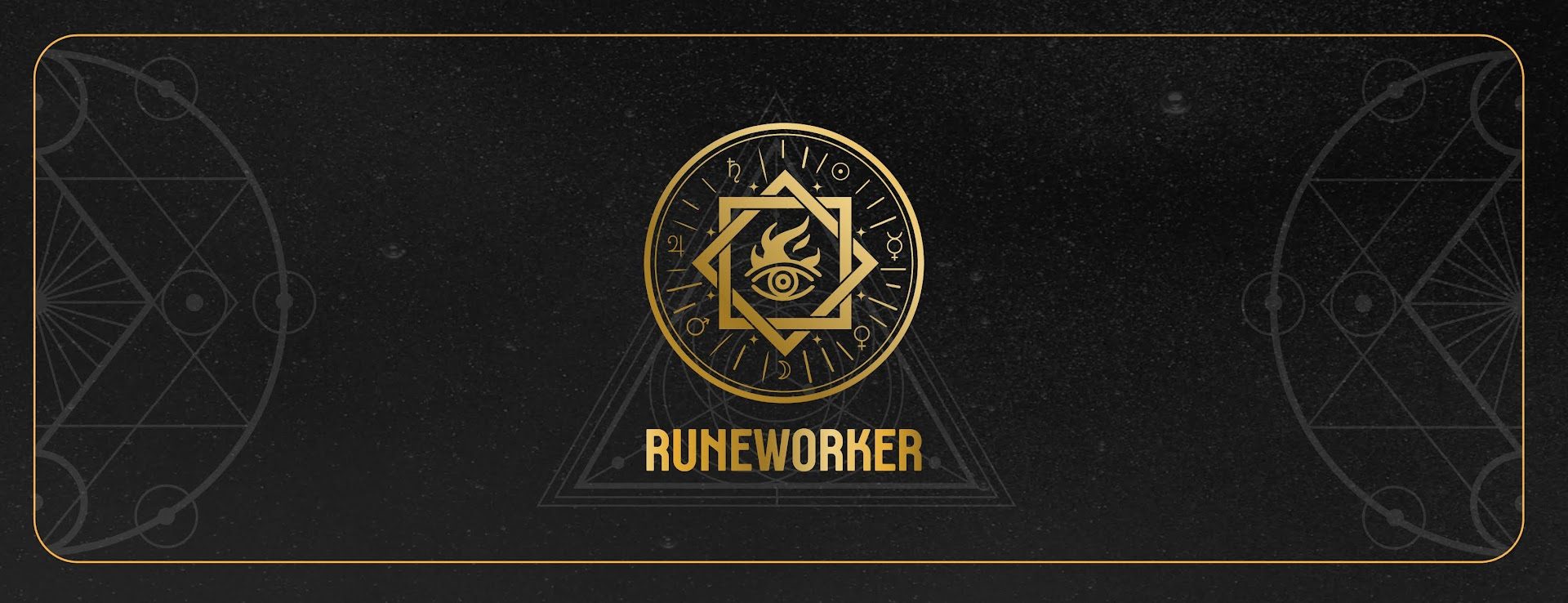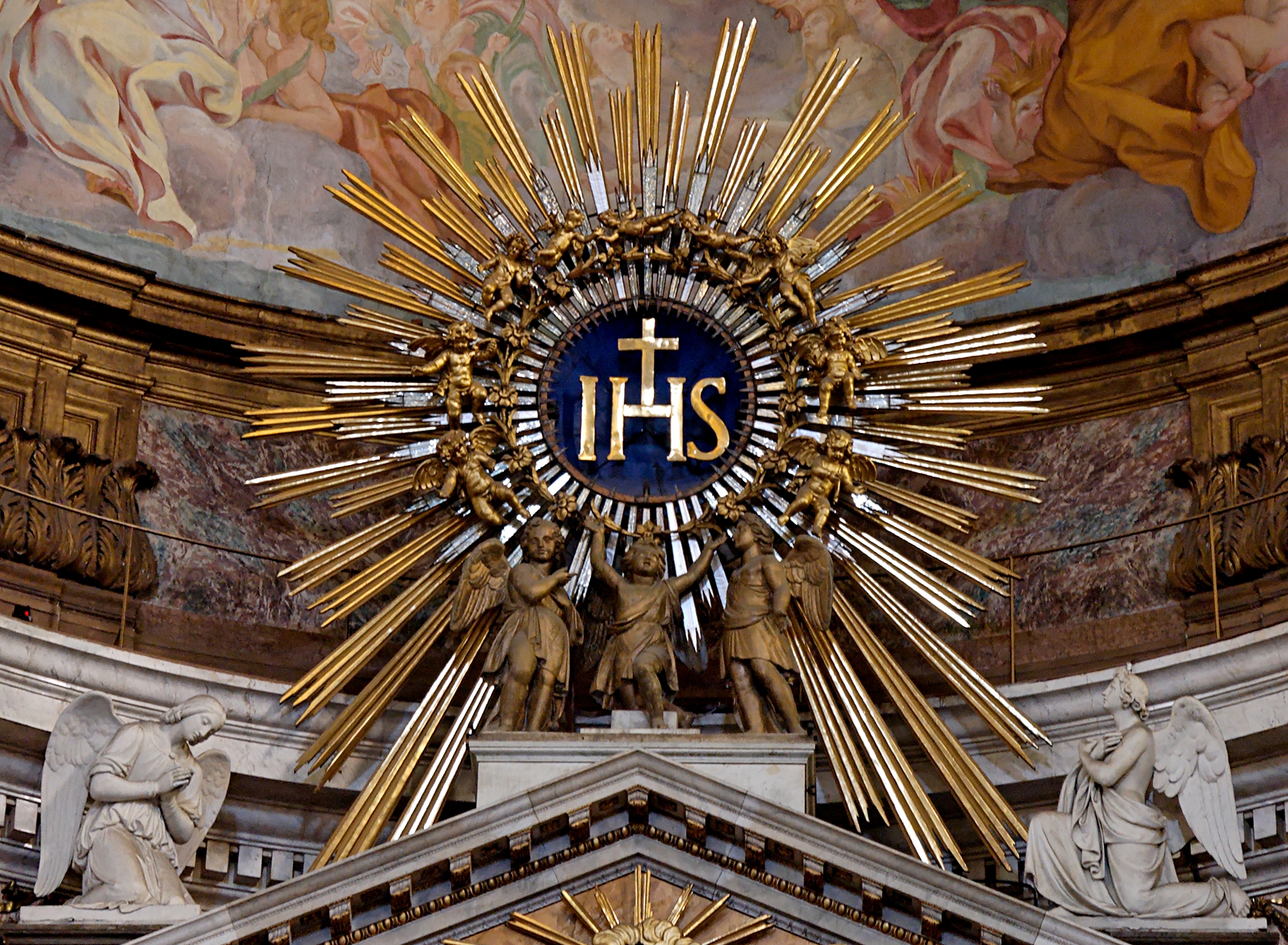
January 6 marks Epiphany or Three Kings Day. in some parts of Christianity this is the day when gift giving is done, as it is the three kings who bring presents to good children, as they brought presents of Gold, Myrrh, and Frankincense to newly born Christ.
In some lines of Christianity, this day marks the end of Christmastide, and is the day when people will put away their Christmas decorations. Others may keep the decoration up until Candlemas on February 2. Epiphany also marks the beginning of Carnevale season. This is the period building up to Lent and then Easter. The last day of Carnevale is always a Tuesday, thus the name Mardi Gras or Fat Tuesday.
While many people are familiar with the Fasting period during the 40 days of Lent, less remembered is that the period of Advent leading up to Christmas was also a shorter period of fasting as well. That is part of the reason why the 12 days was associated with such feasting, after a 24 day fast. But that is also why the period from Christmas to Lent was also filled with feasting and celebrating for all. Besides the obvious lack of farm work that could be done, and the many holy days about the story of the childhood of Jesus, from his birth, to his circumcision and naming, to his presentation at the Temple while Mary was being purified after having given birth, to the story leading up to Jesus teaching, and traveling and his 40 days of resisting the temptations of Satan until his crucifixion, with a short period of feasting surrounded by rather long period of serious fasting.
Many cultures celebrate Epiphany with special sweet breads or “cake” where an item is hidden inside the cake and whoever finds it is considered lucky. This item may be a simple bean, a coin, or now days a plastic baby that is hidden by the baker or the purchaser for people to find. In addition to being lucky, the finder often now has to throw the party on the next Epiphany in the following year.
There is also a great debate over what exactly the kings of wisemen who came were and what they represented. While their names are generally agreed upon, their origins are less known, and in one example they are called Magi, which in Greek refers to the Persian priest of Zoroastian religion, who were educated and often thought to watch closely the night sky and understand the stars, as specially capable astrologer priest. That is also why they found the Christ child by following a star, as their role as astrologers allowed them use that information to predict and find the Christ child.
Of course, they are also now preserved in the stars as well. While commonly known as Orion’s belt, the three stars are also identified with the Three Magi.
Another custom that is common with Epiphany day is called Chalking the door. The top of the front door to the home is chalked with the initials of the Three Magi, separated by crosses, and with the numbers of the year at opposite ends. for this year it would look like this
20+C+B+M+23
this is said to blessing the home, protect it from harm, and bring prosperity and plenty to the inhabitants.
As referenced in the title, this day is also a question in the order. Some traditions of Christianity start the 12 days on Christmas day, Making January 5, the last day. Others count from December 26, Making January 6 the 12 day. So, sometimes this day is the 12th day, and yet in other observances, this day is 13th day, separate from the 12 days, but still part of the ongoing Christmastide which won’t end for many more days. It seems that the English Twelfth Night was actually a way of saying Epiphany Eve, that is the night before the 12th day, which was Epiphany.






